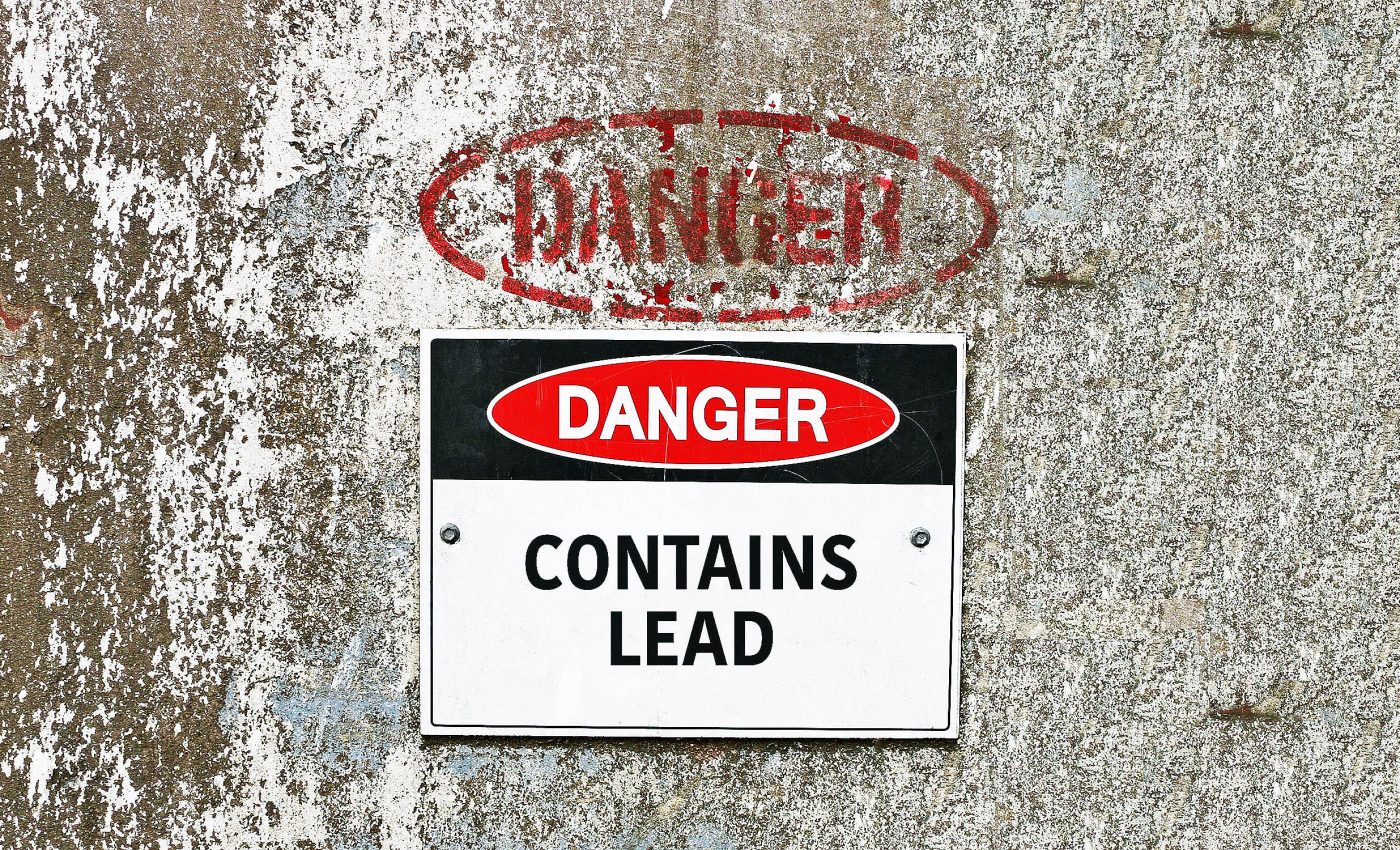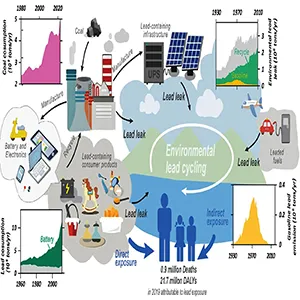
Lead poisoning remains a silent global crisis despite decades of progress
For a long time, people thought lead poisoning was a thing of the past. Once the world phased out leaded gasoline – finally completing the ban in 2021 – it seemed as though we had closed the chapter on one of the worst environmental health disasters in modern history.
But new research shows that we’ve been too quick to celebrate. Lead is still causing serious damage, especially to children. The effects aren’t just medical – they’re economic too.
The study reveals that the hidden costs of lead exposure are now in the trillions – mostly hitting lower-income countries. This isn’t some leftover issue from decades ago. It’s happening right now.
Silent, invisible, and deadly
You can’t see lead in the air or taste it in food. But it’s still getting into children’s bodies – through soil, water, toys, spices, paint, ceramics, and even the air in some cities.
And once it’s in the body, especially in a child’s growing brain, the damage is permanent.
Decades ago, lead’s biggest culprit was gasoline. For nearly a century, cars around the world burned fuel laced with lead. This sent tons of it into the atmosphere and directly into people’s lungs.
By the 1970s, the situation had become dire. Children’s blood lead levels were dangerously high. Many suffered from learning disabilities, developmental delays, and, in some cases, early death due to lead poisoning.
That’s why banning leaded gasoline was a huge win. It showed that when countries work together, they can fix a massive problem. But that victory created a false sense of security.
Trillions lost to lead poisoning
The reality is that lead never left. It just shifted. And in many places, things are getting worse again.
The latest research comes from a team led by a fellow from the Tropical Marine Science Institute at the National University of Singapore (NUS), along with experts from institutions in the U.K., U.S., India, and Israel.
They found that lead production is now over 16 million tons a year – mostly for batteries. Around 85 percent of it goes into lead–acid batteries that power vehicles, backup energy systems, and telecom networks.
Those batteries can be recycled, but not always safely. In many parts of the world, especially in low- and middle-income countries, recycling happens informally. That means it’s done without proper safety measures.
Workers – often including children – handle toxic materials with bare hands, and nearby communities breathe in or touch contaminated dust. These recycling operations are often located right next to homes or schools.
And it’s not just batteries. The study points out that other sources, like coal-burning power plants, tainted consumer products, and leftover contamination in soils, continue to expose people to lead every day.
High health costs of lead poisoning
Children are the ones paying the highest price. According to the study, even small amounts of lead in the body can reduce IQ, cause attention and behavior problems, and interfere with learning.
Unlike many toxins, the effects of lead exposure don’t go away. They follow a person through life, affecting their ability to succeed in school and work.
That kind of damage adds up. The researchers estimated that ongoing childhood lead exposure is costing the global economy more than $3.4 trillion every year – about two percent of global GDP.
It’s not just a health issue. It’s also a matter of fairness. The economic toll falls hardest on countries that are least able to deal with it, widening the gap between rich and poor nations.

Stopping the next tragedy
The research team doesn’t just sound the alarm – they offer a path forward. They propose four key actions that governments and industries can take right now.
First, they say we need to manage the entire life cycle of lead-containing products.
That means watching closely how these products are made, used, and disposed of – especially batteries. If not handled carefully, they leak lead at every stage.
Second, we need to get rid of unsafe and illegal sources. That includes banning lead-based paints, glazes, and food products that are still being sold in many countries.
Third, they call for better monitoring and stronger community involvement. Right now, early signs of lead exposure often go undetected.
But newer, cheaper tools like sensors and machine-learning models could help catch contamination earlier – especially when paired with local knowledge.
Fourth, the team urges policymakers to count the full economic cost. Lead hurts not just individuals, but entire communities and economies. The more clearly we can see that damage, the smarter and fairer our policies will be.
Unfinished fight against lead
“The world rightly celebrated the phase-out of leaded gasoline as a triumph of international cooperation,” said Dr. Chen Mengli of the NUS Department of Geography.
“But the problem of lead exposure has not yet gone away. Unless we remain vigilant about both new sources of exposure and the legacy of lead in the environment, we may risk repeating the same tragedy.”
The truth is, lead poisoning was never fully solved. It just changed shape.
And without serious action, the silent damage will keep piling up – in children’s bodies, in families’ futures, and across the global economy. We’ve beaten this once. But the job isn’t done.
The full study was published in the journal Communications Earth & Environment.
—–
Like what you read? Subscribe to our newsletter for engaging articles, exclusive content, and the latest updates.
Check us out on EarthSnap, a free app brought to you by Eric Ralls and Earth.com.
—–













